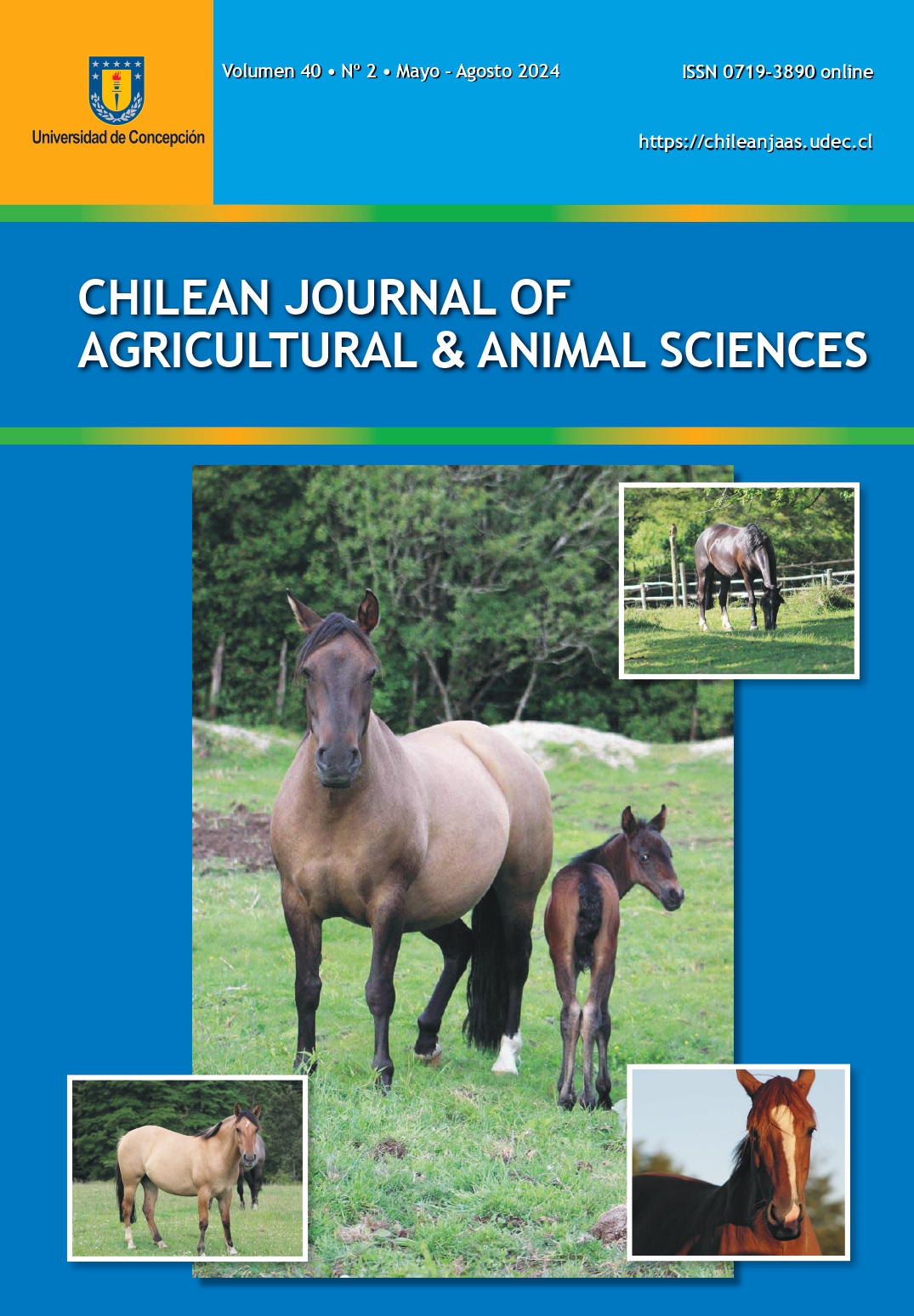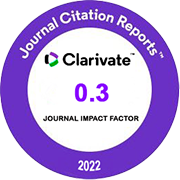A QUICK LOOK AT GOAT PRODUCTION AND HUSBANDRY PRACTICES IN PAKISTAN
DOI:
https://doi.org/10.29393/CHJAAS40-36QPSE90036Palabras clave:
goat farming, dairy, mutton, Pakistan, smallholders, socialResumen
Goat production has a great impact on socio-economic factors, especially in less-favored regions of the globe. From a sociological view, goat farming provides security and diversification of assets. Pakistan has about 80 million goat heads, while most of the goat production is carried out at a household level. However, research concerning the goat industry in this country is scarce. This review investigated goat production systems and husbandry practices in Pakistan. There are 36 indigenous breeds in Pakistan, predominantly Beetal, Kamori, Nachi, and Sindh Desi. However, it is not clear if these breeds are distinct genetic units. Nearly all goats are reared under smallholder production conditions in extensive production systems. It seems that the identification of alternative feed resources and strategic feeding management might be options for development since there is neither nutrition management nor cost-effective feeding in Pakistan. Therefore, an integrated effort may be desirable in terms of management, health, genetic improvement, and product technology to enhance production by focusing on small-scale farming. Current practices and concerns within Pakistan’s goat industry must be more acknowledged if research is to possess an optimal value. Lack of industrial breeding systems, inattention to genetic improvement of native goats, incompletion of the value chain as well as the creation of added value to products are issues that warrant further attention.
Descargas
Publicado
Cómo citar
Número
Sección
Derechos de autor 2024 Saqib Saleem Abdullah, Paula Toro-Mujica, Karen Tajonar, Jamil Akbar, Alfonso Juventino Chay Canul, Héctor A. Lee Rangel, Manuel Gonzalez Ronquillo, Navid Ghavipanje, Einar Vargas Bello Pérez

Esta obra está bajo una licencia internacional Creative Commons Atribución 4.0.






